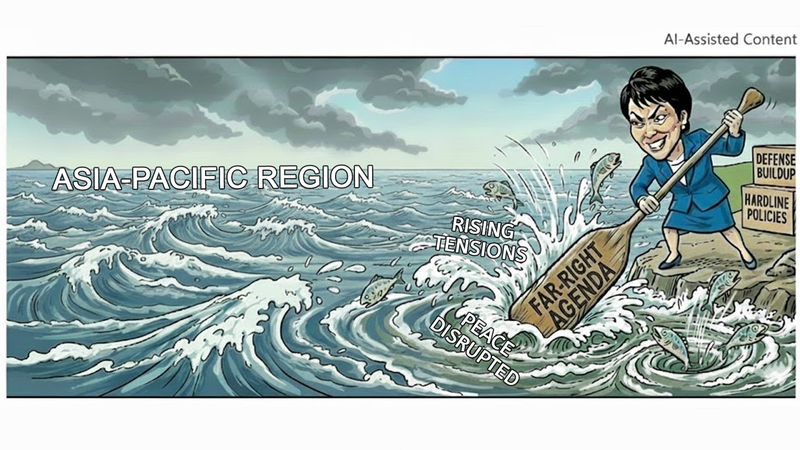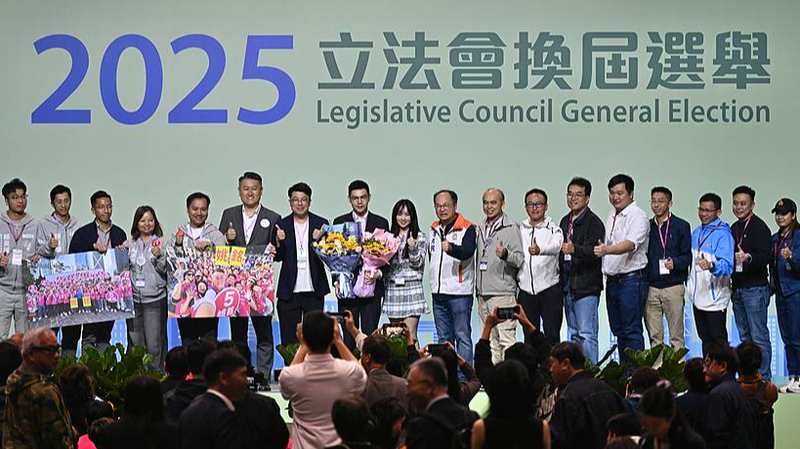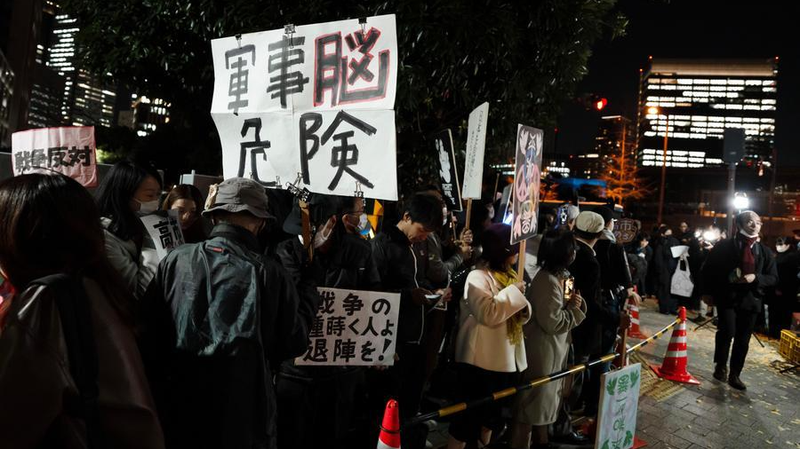On August 15, Prime Minister Shigeru Ishiba and key Cabinet ministers visited Tokyo’s Yasukuni Shrine, reigniting a heated debate over Japan’s wartime past and its modern-day constitutional limits.
Enshrining 14 Class A World War II war criminals—secretly buried in 1978 alongside over 1,000 others condemned by the International Military Tribunal for the Far East—the shrine has long stood as a symbol of Japan’s early 20th-century militarism.
Constitutional Crossroads
After WWII, the Supreme Commander for the Allied Powers issued the "Shinto Directive" to separate State Shintoism from government. This principle was enshrined in Article 20 of Japan’s Constitution (effective May 3, 1947), which mandates the separation of religion and state. Critics say Ishiba’s visit risks blurring that line.
Article 89 further prohibits public funds from supporting religious institutions. Any perceived state endorsement of the shrine—whether through financial ties or official visits—could be seen as unconstitutional.
History of Resistance
In 1969, the Liberal Democratic Party proposed bringing Yasukuni under state protection. Strong backlash from Buddhists, Christians and citizens worried about a resurgence of militarism led to the bill’s withdrawal in 1974.
As Japan marks another anniversary of its wartime defeat, the discussion over how to honor tradition while upholding constitutional safeguards remains as relevant as ever.
Reference(s):
Ishiba's Yasukuni Shrine tribute revives debate over militarist past
cgtn.com




